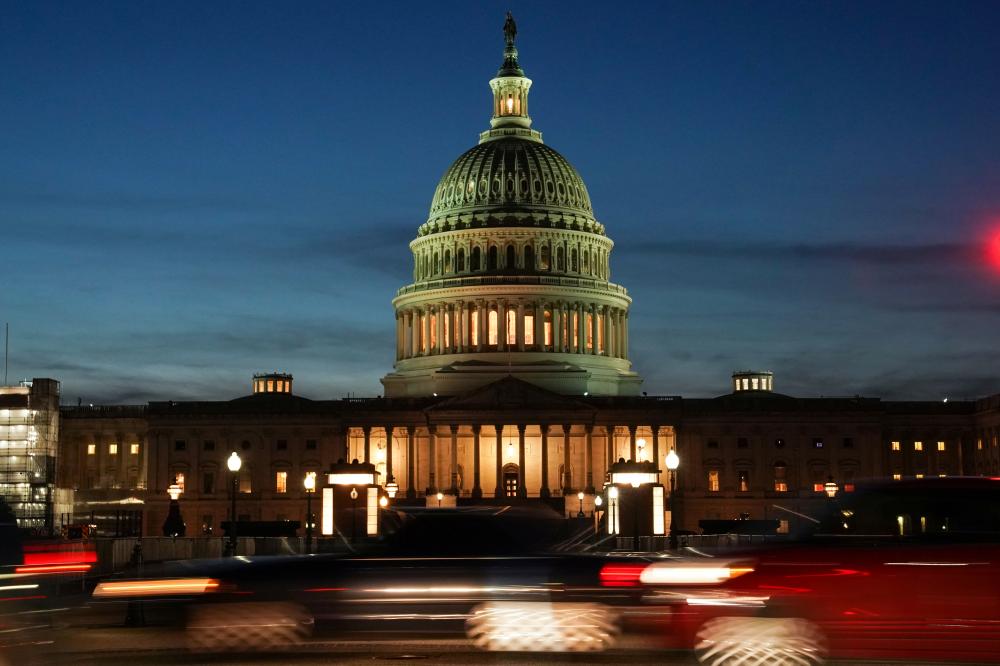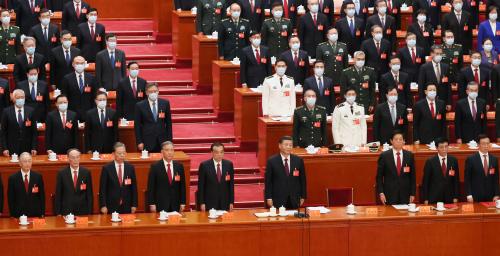After more than 3 years, we are sad to say that we have shut down the TechStream platform. We are so proud of the amazing work we published over the years and could not be more grateful to the many thoughtful contributors and engaged readers who made it all possible. We hope our readers will continue to follow Brookings research on leading edge tech policy issues and stay engaged with the AIET Initiative.






